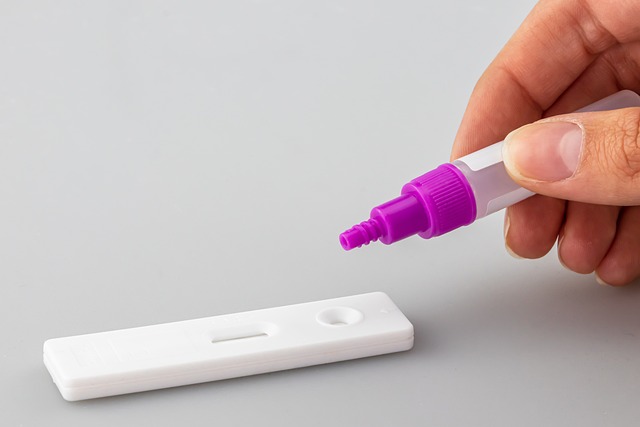Urine Colour Chart: What Different Colours May Mean
A urine colour chart is a simple visual tool to help people and clinicians notice changes in urine that may reflect hydration, diet, medication, or underlying medical conditions. Urine colour can vary from pale straw to deep amber, and occasional shifts are common. Persistent or dramatic changes, especially when accompanied by pain, fever, or swelling, should prompt clinical evaluation.

This article is for informational purposes only and should not be considered medical advice. Please consult a qualified healthcare professional for personalized guidance and treatment.
What does urine colour indicate about health?
Urine colour is influenced by water balance, pigments produced by the body, and substances introduced through food, supplements, or drugs. Pale or nearly clear urine usually indicates adequate hydration, while darker yellow or amber tones often reflect concentrated urine and potential dehydration. Certain foods (beets, blackberries) and vitamins (B-complex, especially riboflavin) can temporarily change hues. Interpreting colour alone is limited; clinicians combine colour with symptoms and tests to assess health.
How can kidney function change urine colour?
Kidney problems can affect urine appearance and composition. When kidneys fail to filter or concentrate urine normally, you may notice very dark urine, persistent cloudiness, or a change in frequency and volume. Blood in the urine (hematuria) can turn urine pink, red, or brown and requires prompt medical assessment because it may signal kidney stones, infection, or glomerular disease. Reduced kidney function can also lead to foamy urine if protein is lost from the bloodstream into urine.
When is urine colour a medical concern?
Changes that last more than a day or are paired with other symptoms deserve medical attention. Red, brown, or tea-colored urine indicates possible blood or certain toxins, and should prompt evaluation. Cloudy urine with a strong odor can suggest urinary tract infection. Persistent very dark amber urine may reflect dehydration or liver-related conditions causing bilirubinuria. Any sudden change with fever, pain, swelling, weight loss, or unexplained fatigue should be discussed with a healthcare professional for medical testing.
Can protein affect urine colour or appearance?
Protein in urine (proteinuria) usually does not change colour dramatically but often affects texture or foaming. Persistent foamy or frothy urine can be a clue to elevated urinary protein, which can arise from kidney disease, high blood pressure, or metabolic conditions. Very high protein levels might produce slightly cloudy or opaque urine. A dipstick test or lab urinalysis can detect protein; clinicians may follow up with 24-hour urine collection or urine protein-to-creatinine ratio to quantify and investigate causes.
How to use a urine colour chart for monitoring
Using a urine colour chart involves comparing a fresh urine sample against reference shades under natural light. For consistency, collect the first-morning sample or a sample after a period without heavy fluid intake. Hold the container against a white background to reduce visual bias. Note recent foods, supplements, and medications, because these commonly alter colour. If a particular shade persists on the chart for more than 24–48 hours or coincides with symptoms, schedule a medical review. Charts are a screening aid, not a diagnostic tool.
Conclusion
A urine colour chart is a practical, low-cost way to track potential changes in hydration, medication effects, and signs that may warrant medical evaluation. While many colour variations are harmless and temporary, persistent or dramatic changes—especially when paired with pain, fever, or other systemic symptoms—should be assessed by a healthcare professional. Using a chart alongside symptom tracking and, when indicated, laboratory testing can help clarify whether a medical workup is needed.






